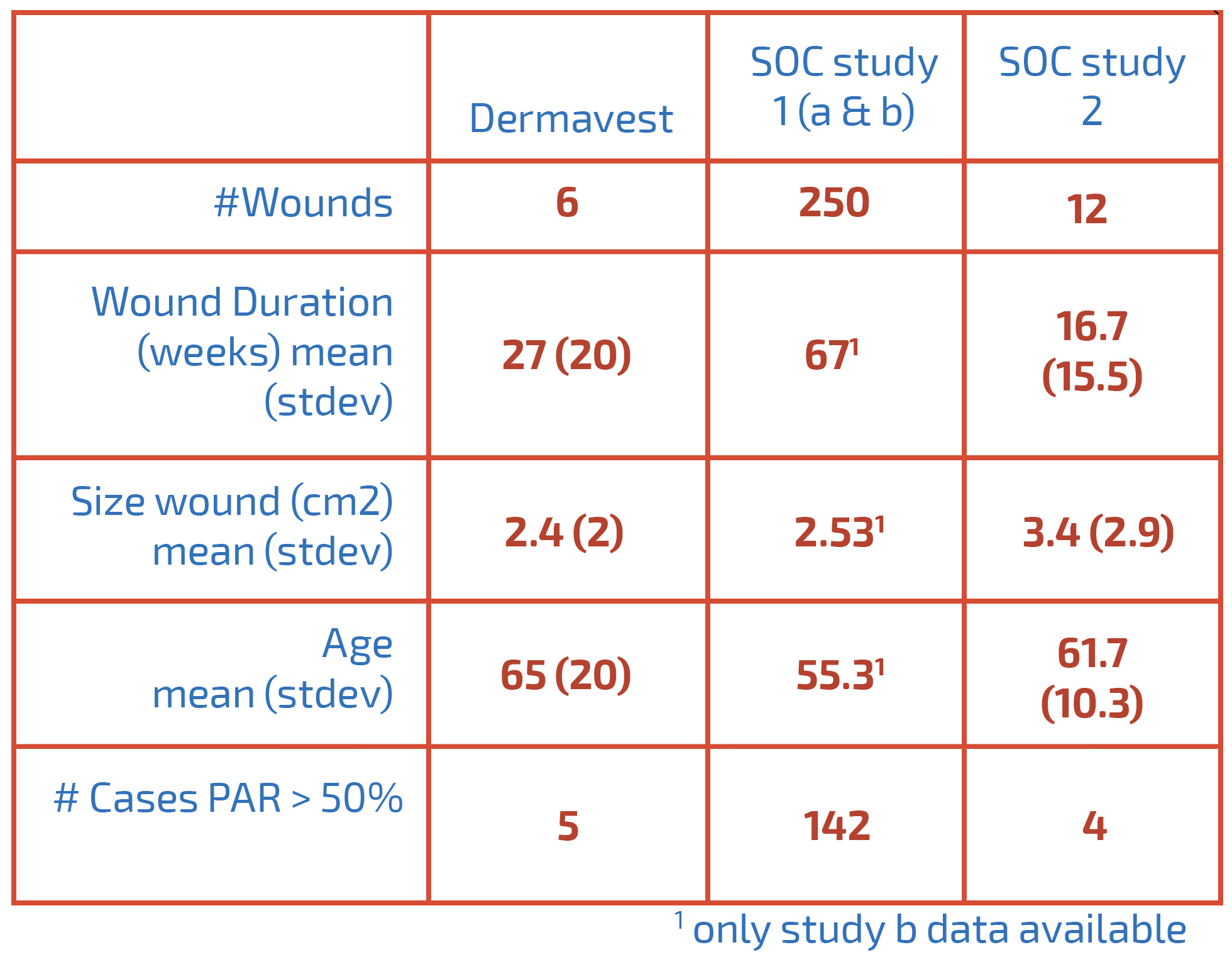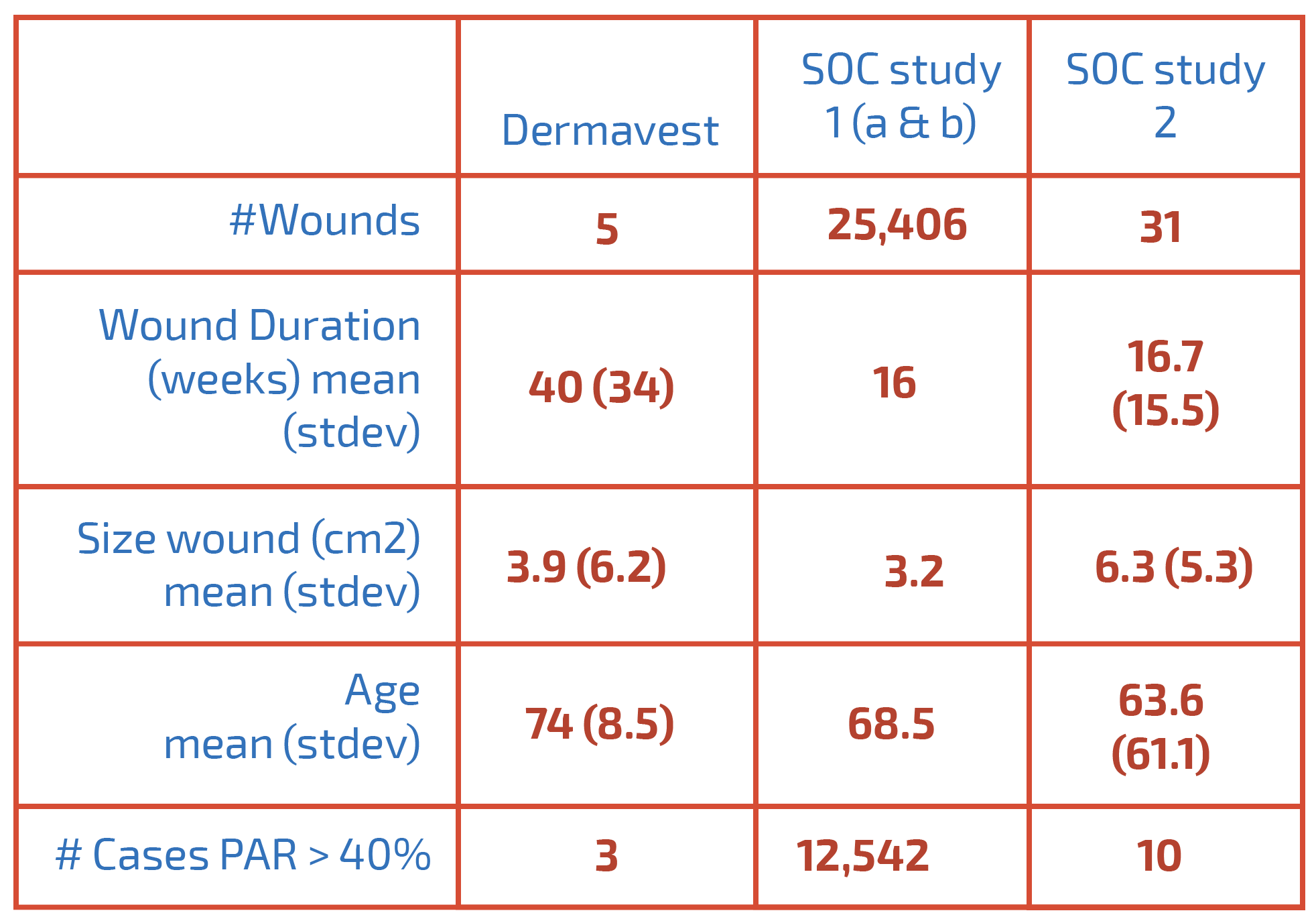The Use of a New Placental Acellular Tissue Product in the Management of Chronic Wounds: A Case Series
James McGuire DPM, PT, LPED, FAPWHc, Joshua Sebag BA
Introduction
Treating chronic lower extremity wounds is a challenge for all wound types. Excess pressure, neuropathy, and lack of perfusion are all complicating factors contributing to chronicity. In recent years, application of amniotic membrane has expanded to the treatment of diabetic and venous stasis ulcers, post-surgical wound dehiscence, and chronic wounds. In this case series, we evaluated the efficacy of a Human Placental Connective Tissue Matrix HPCTM. Wound healing requires a coordinated interplay among cells, growth factors, and extracellular matrix proteins. Central to this process is the endogenous mesenchymal stem cell (MSC) and its associated growth factors, which coordinates the repair response by recruiting other host cells and secreting growth factors and matrix proteins
Methods
This case series evaluated wound healing time and wound characteristics of 8 patients with various etiologies. The wounds were debrided to remove necrotic or non-viable tissue and pieces of the HPCTM were applied as per manufacturer's guidelines on wounds ranging in size up to 3.8 cm2. Weekly applications were applied until wound closure. Length, width, and depth measurement as well as percent granulation tissue were measured at each weekly visit. The woundswere debrided mechanically orwith a dermal curette and cleansed with a hypochlorous acid solution prior to application of the tissue. One patient required collagenase debridement due to excessive tenderness and pain on palpation. All dressings were applied in the clinic each week. Patients were instructed to leave the dressings in place until they returned or if drainage was excessive to change only the outer dressing leaving the contact layer in place. Patients were educated regarding how to perform dressing changes as indicated by the physician and to contact the wound care center should signs of infection arise...
Diabetic UIcer Statistics
1. Dermavest data compiled from two case series presented at the society of advanced wound care (SAWC) annual meeting.
2. SOC Study ldata derived from and "A Post-Hoc Analysis of Reduction in Diabetic Foot Ulcer Size at 4 Weeks as a Predictor of Healing at 12 Weeks"; Snyder, R.J et al.
3. SOC study 2 data derived from "A prospective randomized comparative parallel study of amniotic membrane wound graft in the management of diabetic foot ulcers" Charles M Zelenl, et al using the mean and standard deviation in cumulative distribution function to calculate proportions
Venous Ulcer Statistics
1. Dermavest data compiled from two case series presented at the society of advanced wound care (SAWC) annual meeting.
2. SOC Study 1 data derived from "Surrogate Endpoints for the Treatment of venous Leg Ulcers"; Glefand, J.M et al. using the mean and standard deviation in cumulative distribution function to calculate proportions
3. SOC study 2 data derived from "A prospective randomized comparative parallel study of amniotic membrane wound graft in the management of diabetic foot ulcers" Charles M Zelenl, et al using the mean and standard deviation in cumulative distribution function to calculate proportions
Conclusions
This case series suggests that HPCTM, a particularized form of the placental ECM comprising amnion and umbilical cord provides an effective alternative to other skin replacement products. The processing of the tissue allows for an extended shelf-life for the clinic and a lower cost alternative for a placental tissue. The open architecture of the HPCTM appears to facilitate cellular migration and the active growth factors present in the tissue enhance the healing process in wounds where standard wound care has failed. The HPCTM was effective in reducing wound size and improved wound bed characteristics in each of the chronic wound reviewed.





